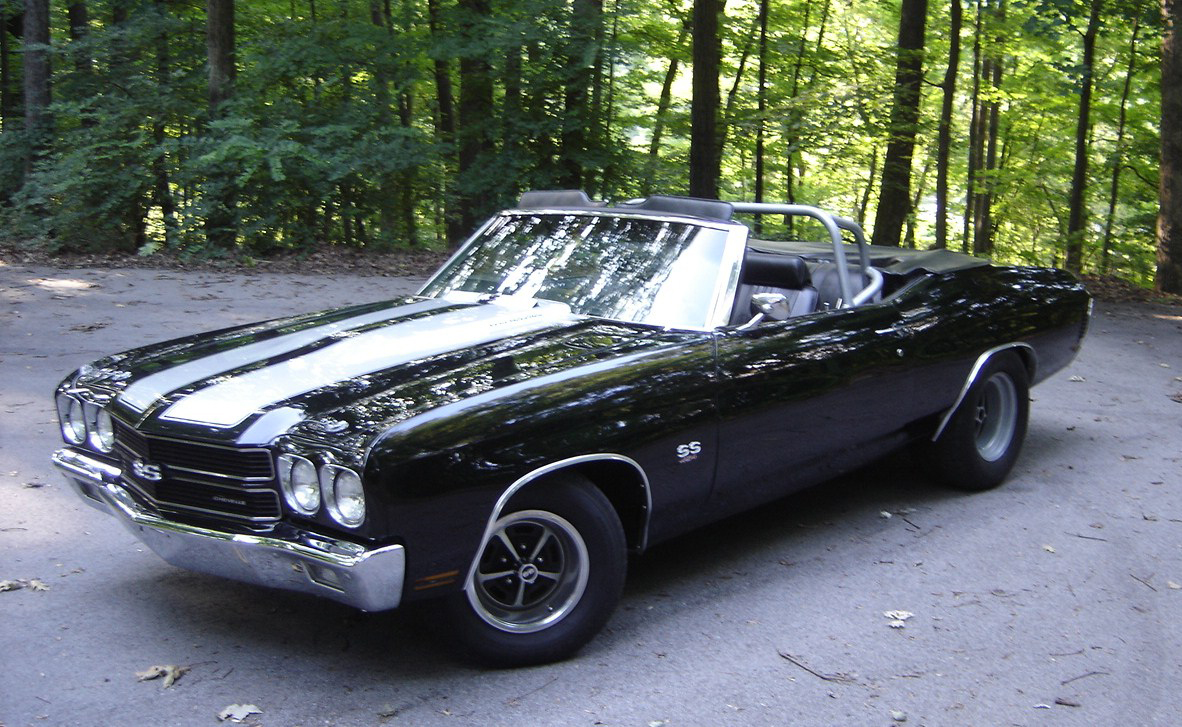In FSNR's last PR, they make it clear that it is a railroad company testing the product in quantites, why would anyone be surprised after the PR came out?
Freestone commenced sales of Petrozene during the quarter with revenues of $12,180 from sales. Sales also included a re-order as a result of "very positive results" from the inital order.
PR snips during the 'last month of the Q', March 8th:
"FDEP sold an order of Petrozene to a petroleum transport company that has more than one hundred terminals throughout the United States. The initial reports from the use of Petrozene at one of their terminals showed very positive results prompting the transport company to place another Petrozene order. FDEP plans to provide Petrozene in larger quantities to their other terminals throughout the United States."
"FDEP is in negotiations with multiple large transportation companies that face issues with tank bottom buildup in their railcars and other transport and storage vessels."
---end snip, link to full PR below ---
Putting these two paragraphs together and you get sales and re-order of Petrozene to a petroleum transport company that has more than one hundred terminals which is associated to railcars moving crude oil. It would be logical to assume that they are testing it in their railcars.
Even light google DD will show a variety of problems, cost, and loss of revenue that 'heel' creates for oil railcars, stroage tanks, barges, pipelines, etc that contains or moves crude oil.
Railcars and storage tanks build up a 'heel' of paraffins and asphaltenes that also holds water. The Five big cost factors as a result of the heel buildup on the bottom of an oil railcar is:
#1. The space the heel takes up is crude oil not sold per trip and is a loss of revenue per car.
#2. The very expensive cost of HAZMAT cleaning.
#3. Revenue is lost while tanker cars are off line and awaiting expensive cleaning.
#4. The removal of the heel and cleaning waste water is toxic and is another cost in the process cleaning requiring disposal per EPA standards and regulations.
#5. The heal holds water that works on rusting out the bottom of the tanker, when that happens, and it does happen, the end is cut off and a liner of less volume is inserted. Very expensive.
If Petrozene is proven up by the a railcar company to remove the heel when the oil is drained, then the above savings to the railcar company will be substantial and will add to their bottom line.
FSNR PR during the last month of the Q:
http://finance.yahoo.com/news/freestone-resources-announces-petrozene-sales-140000829.html

